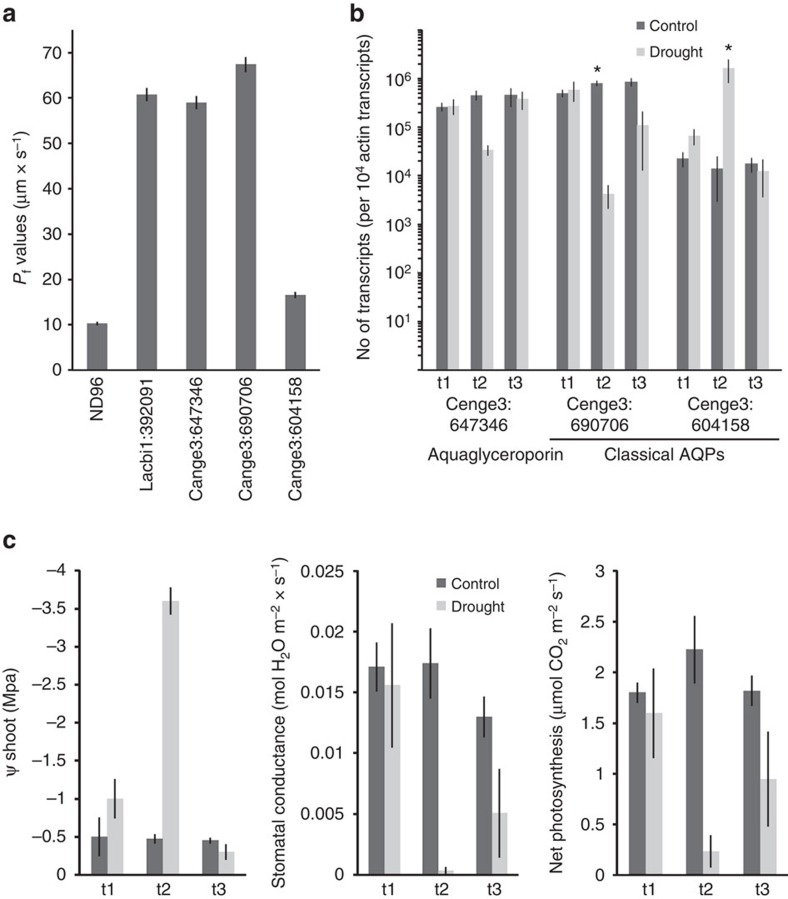Figure 5. Functional characterization of three selected aquaporins of Cenococcum geophilum.
Two aquaporins (AQP) were highly symbiosis-induced (Cenge3:647346, Cenge3:690706),whereas Cenge3:604158 was not regulated by the symbiosis. (a) Water permeability of Xenopus laevis oocytes expressing C. geophilum AQPs as compared with ND96-buffer injected oocytes (negative control) or oocytes expressing a Laccaria bicolor AQP (positive control; mean Pf values, n=20±s.e.m.). Compared with the ND96-buffer injected control, all three C. geophilum AQPs significantly increased the plasma membrane water permeability of oocytes (P values of Student's t-test: 1.5E−51, 4.7E−55, 1.6E−5, respectively). (b,c) Impact of drought and rewatering on the fungal AQP expression in mycorrhizal root tips of Scots pine (Pinus sylvestris)/C. geophilum seedlings grown in pots in a climate chamber experiment. (a) Gene expression of the three AQPs at three time points (t1, 10 days of drought; t2, 14 days of drought; t3, 3 days after rewatering) in ECM root tips of well-watered (control) and drought-stressed pine seedlings (means of four replicates (pots) ±s.e.m.). Asterisks indicate significance of the drought treatment (P<0.05, analysis of variance). (c) Shoot water potential, stomatal conductance and net photosynthesis of the Scots pine seedlings measured at the three time points (means of four replicates (pots) ±s.e.m.).

